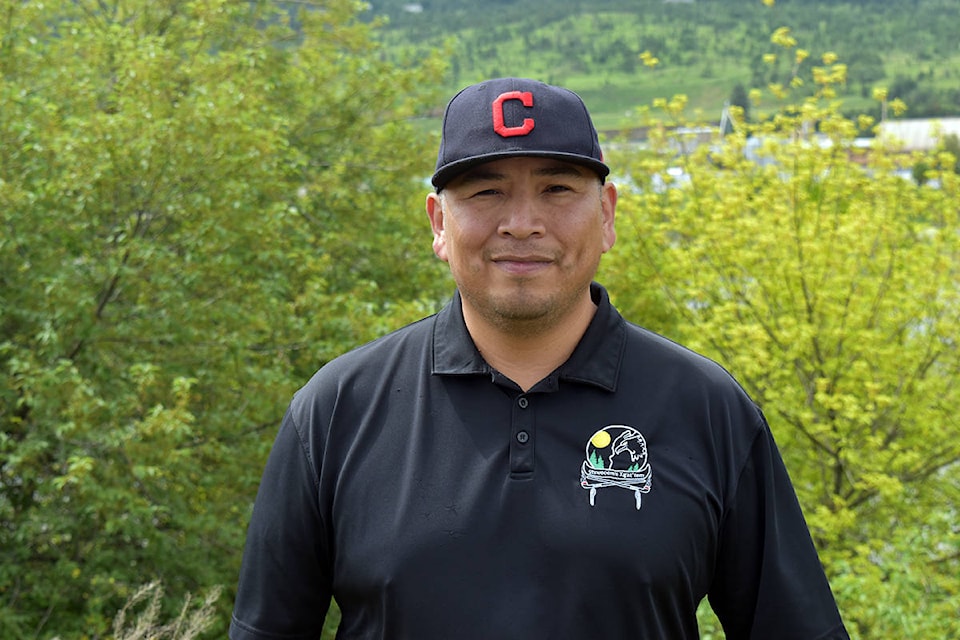Leadership of the Northern Secwepemc te Qelmucw (NStQ) is the latest to call for the Department of Fisheries and Oceans (DFO) to issue an emergency order closing all fisheries in the Fraser River and associated systems.
The NStQ includes four nations: Tsq’escen’ (Canim Lake), T’exelc (Williams Lake), Stswecem’c - Xgat’tem (Dog Creek - Canoe Creek) and Xat’sull - Cmetem’ (Soda Creek - Deep Creek).
The unprecedented low returns of salmon to the Fraser River systems, has resulted in a fisheries closure, which has been in effect since July 6.
The order became mandatory, in order to save the migrating salmon, and to avoid a complete collapse of fisheries, the NStQ said in a release.
Since that time the NStQ said they have received numerous reports of fish being removed from the system.
Read More: Record-low returns continue for Fraser sockeye despite success of Big Bar passage
“This past year has been an immense challenge for our people,” said NStQ leadership spokesperson Stswecem’c Xgat’tem Kukpi7 (Chief) Patrick Harry whose nation has been working with contractor Peter Kiewit Sons on the Big Bar landslide north of Lillooet.
“Stewardship is a traditional practice that has served us for centuries, and now should be the focus of everything we do for the fishery. At the highest level this means a unilateral, non-partisan declaration that the fishery has collapsed.”
An order emergency order to close all sockeye fisheries on the Fraser River was urged last week by the Tsilhqot’in Council of Chiefs who declared a salmon fishing closure on Aug. 14 for all members of ?Esdilagh (Alexandria), Tsi Del Del (Redstone), Yunesit’in (Stone), Tl’etinqox (Anaham), Xeni Gwet’in (Nemiah Valley) and Tl’esqox (Toosey).
Although natural passage has improved over the last two weeks at the site, the total return of Fraser Sockeye is estimated at approximately 279,700 fish — a record low return according to the latest update posted by the DFO on Aug. 25.
In an Aug. 28 email to Black Press Media, DFO said all fisheries on Fraser River Sockeye are closed, and any fisheries which may encounter these stocks are required to ‘make all efforts to release sockeye alive and unharmed.’
Limited fishing opportunities directed at Chinook salmon continue.
Because the numbers provided by the Fraser River Panel are early estimates, DFO said they should not be treated as final numbers that will not be available until late December or early January when all of the data is analyzed.
Read More: ‘This is a catastrophic situation’: First Nations leaders close salmon fishery in Tsilhqot’in
NStQ leadership is also calling on DFO to revise its policies regarding commercial fisheries and anglers.
In a previous interview Xat’sull - Cmetem’ (Soda Creek - Deep Creek) Chief Sheri Sellars noted First Nations have a minimal amount of say in regards to how fisheries are managed.
With strong conservation measures, the NStQ said they believe there may be the possibility of a maintaining a small spawning population.
“If the governments of B.C. and Canada are serious about their commitment to First Nations, then fishing in the Fraser River should be closed for the benefit of both Indigenous and non-Indigenous Canadians,” read the news release.
DFO said conservation and the sustainable use of the resource is a top priority in Fisheries and Ocean Canada’s management of B.C. salmon populations.
“A key factor may be the relatively poor conditions for ocean survival for the sea entry and freshwater rearing years for salmon returning in 2020 due to the ongoing impacts of the extremely warm water temperatures in the central North East Pacific ocean starting in late 2013 and the resulting changes in the marine food web – zooplankton composition, density and distribution,” DFO stated, noting the full implications of warmer ocean temperatures and freshwater impacts from land and water issues, and events such as pine beetle infestations and extensive forest fires on Pacific Salmon are uncertain.
“However, there is evidence that such conditions have been linked to reduced survival and or growth for salmon,” added DFO.
Read More: Northern Secwepemc te Qelmucw chiefs purchase salmon from Skeena River
Do you have a comment about this story? email:
rebecca.dyok@wltribune.com
Like us on Facebook and follow us on Twitter.
